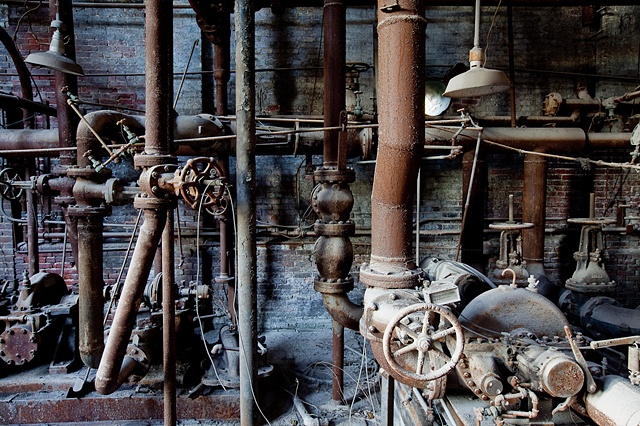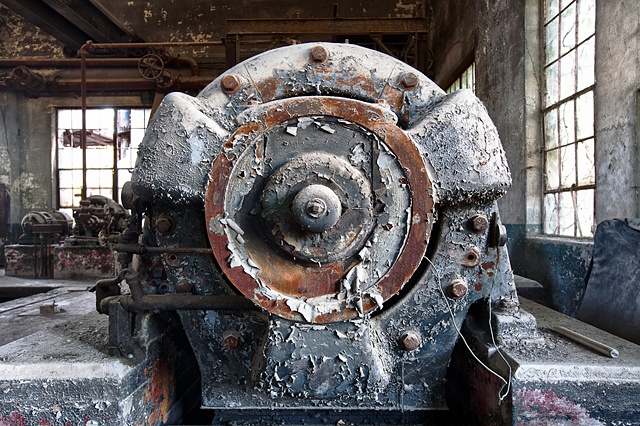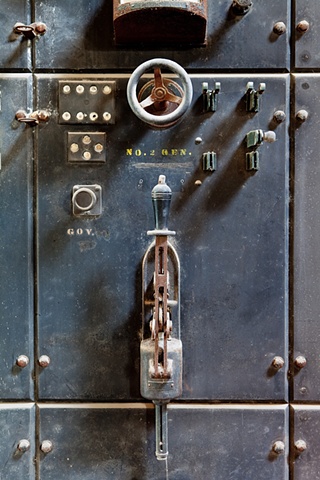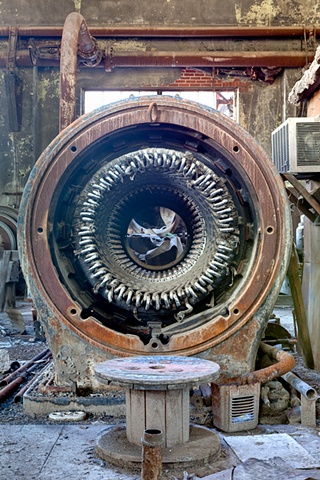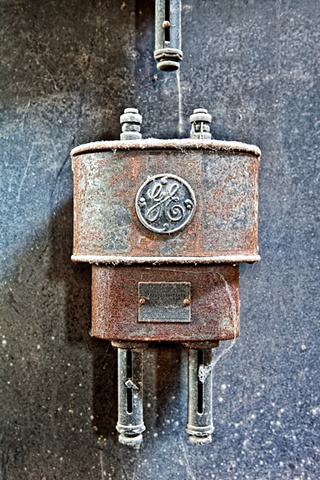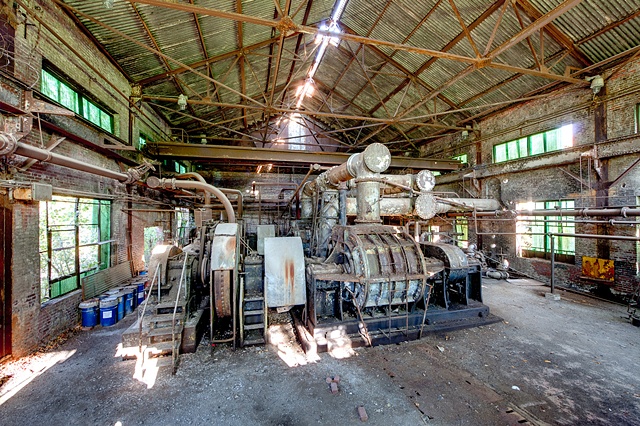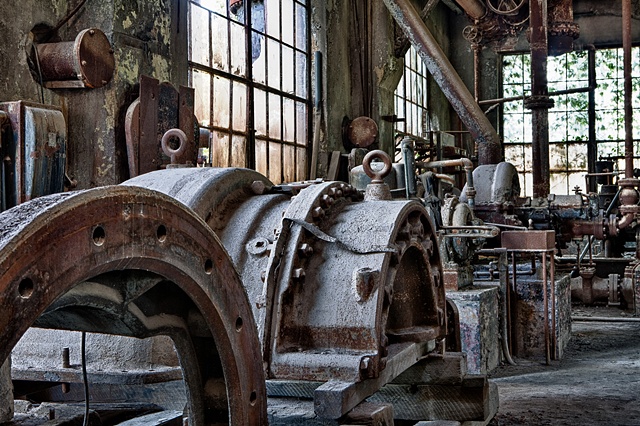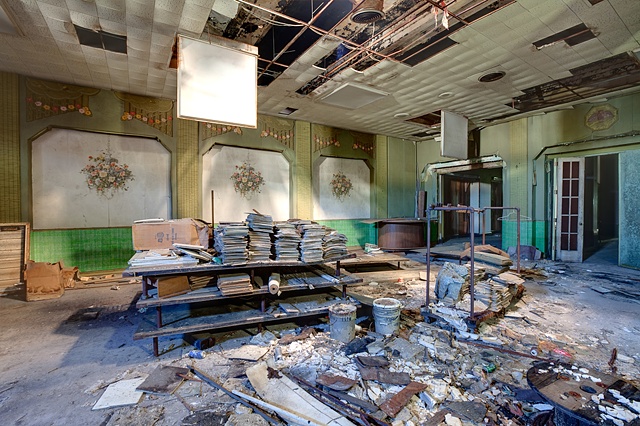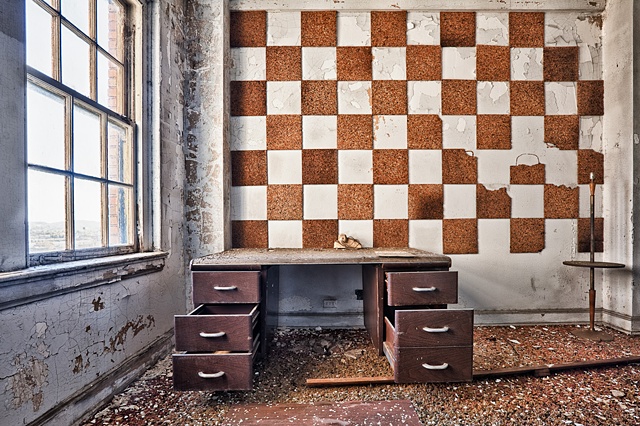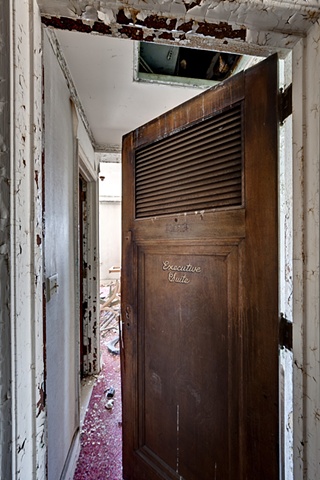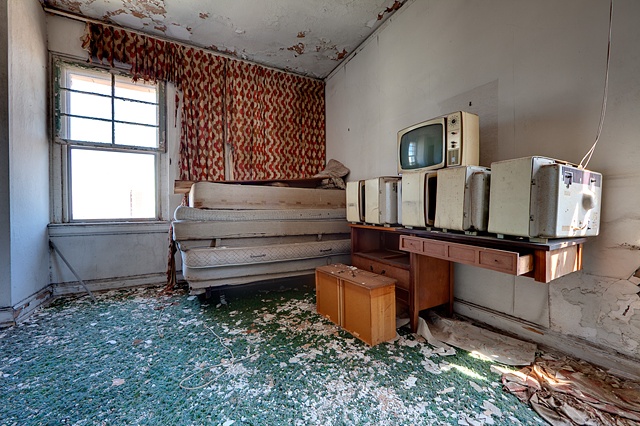Alabama
Birmingham owes its 1871 founding to the geological uniqueness of the Jones Valley, the only place on Earth where large deposits of the three raw materials needed to make iron—coal (for conversion into coke), iron ore, and limestone—existed close together. Named for the industrial heart of Great Britain, the city prospered and grew as the iron, coal, and steel industry expanded. From its founding through the end of the 1960s, Birmingham was a primary industrial center of the South that earned the nicknames Magic City and The Pittsburgh of the South by riding extraordinary pace of growth. But labor issues, economic constraints imposed by northern owners, and eventual overseas competition hampered development, and Birmingham never evolved into the world-class steel-making center that its founders envisioned.
The population inside Birmingham's city limits has fallen over the past few decades, due in large part to "white flight" from the city of Birmingham proper to surrounding suburbs. From 340,887 in 1960, the population was down to 242,820 in 2000, a loss of about 29 percent. By 2009 Census estimates place Birmingham's population at 230,650. That same period saw a corresponding rise in the populations of the suburban communities of Hoover, Vestavia Hills, Alabaster, and Gardendale, none of which were incorporated as municipalities until after 1950.
